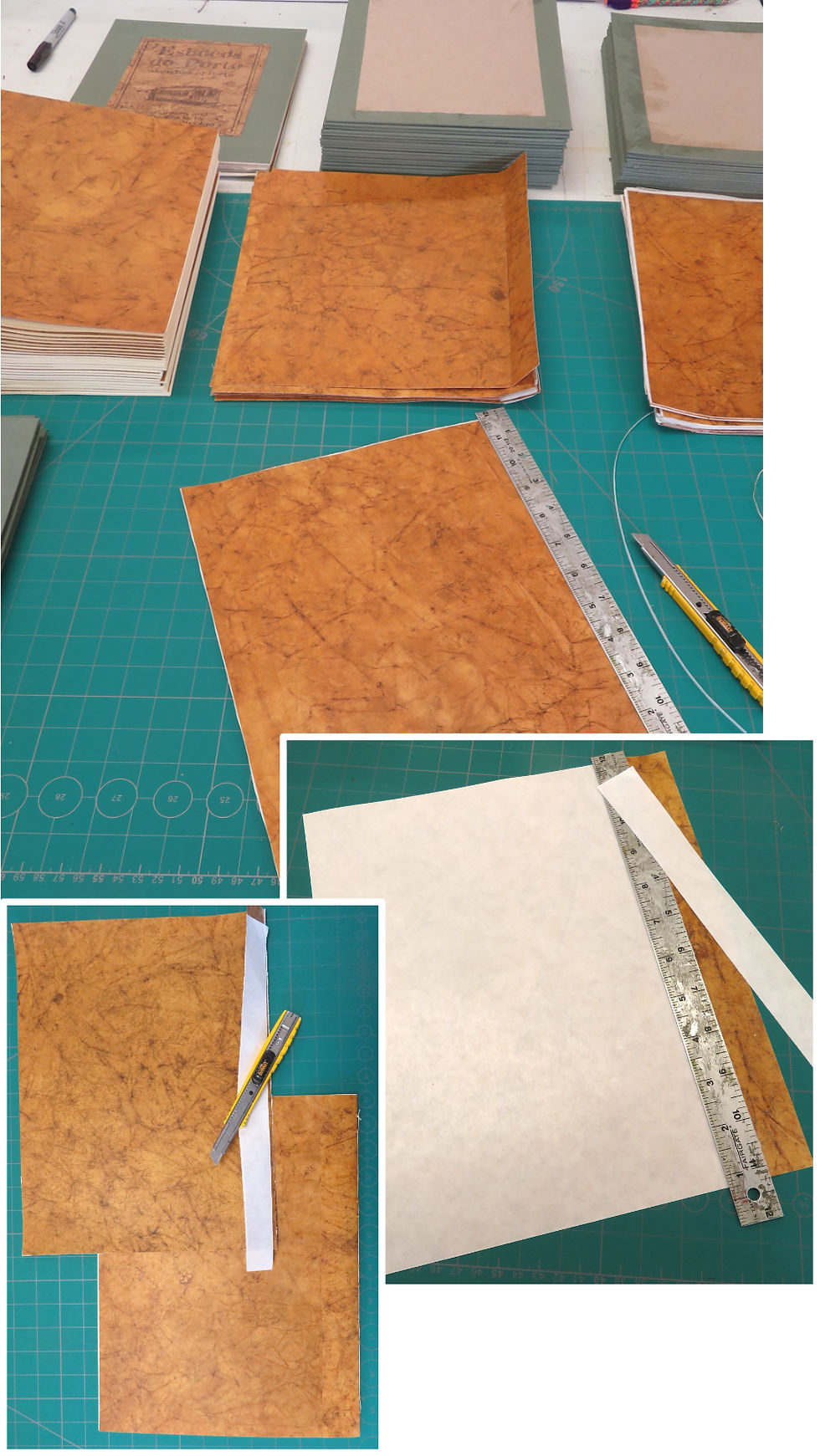Shin Hanga and Sosaku Hanga Woodblocks
- DCartpress
- Feb 11, 2024
- 2 min read
Updated: Feb 11, 2024

Junkichi Mukai 1901-1995
Meiji Period 1868 – 1912
The 1860’s saw Japan in political upheaval with the eventual downfall of the military-style rule of the Shogunate and capricious feudal lords. In 1868, Imperial Rule was restored with a reasonable government system that ended the isolationist Policy of Sakoku and encouraged Western trade and innovations. The removal of Sakoku was like a dam being removed on Japanese society. The introduction of innovations put pressure on Japanese cultural norms, which slowly accepted these new ideas and social behaviors.

Woodblocks created after 1868, no longer displayed the censor seals.
Printing saw its fair share of change with the cancellation of the government censor seals. The new requirement was that woodblocks must display the artist and publisher names. New pigments were allowed in the printing process, in conjunction with the traditional botanic colorants. And new designs and depictions of Japanese life were permitted in the woodblock compositions. Yet, change does not happen overnight.

These changes took place over a decade where the Western innovations were absorbed into the engrained traditions of Japanese society. Some of the first pigments introduced were aniline dyes, which have a very intense coloration. Most noticeable of these new colors was the red, which was very intense compared to the other colors in the woodblock. The red tended to bleed out at the edges, losing the characteristic crisp edges of the ukiyo-e woodblocks. Within a number of years, the garish colors transitioned into subtle colors as more stable pigments were adopted.
Shin Hanga Woodblocks

Artists began to incorporate Western themed imagery into their woodblocks, catering to the Western demand. The “division of labor”, so prevalent during the Ukiyo-e period, was an institution that slowly evolved with each partner making contribution towards the changes in Japanese printmaking. Publishers still employed the engravers to carve an artist’s designs and the colorists to print the woodblocks. The publisher now had a new thriving market, with the demand from Western traders, for views of Japan and Japanese society. These new woodblocks, catering to Western demand, became known as Shin Hanga, new prints. Though they were popular in Europe, the Shin Hanga prints were discounted in Japan as mere commercial imagery.
Sosaku Hanga Woodblocks

A second movement developed in the 1890’s known as Sosaku Hanga, creative prints, in which the focus was an artist’s expression and where the art was “self-drawn”, “self-carved” and “self-printed”. Obviously, this movement was controversial, as it ran contrary to centuries of tradition with the “division of labor”, and threatened the livelihood of many engravers and printers. But, traditions don’t just disappear and the publishers with their multiple workers continued to thrive as they do today. The friction between the two movements in the early 1900’s settled into an acceptance that they were both legitimate art forms and not a threat to one another.




link link link link link link link link link link link link link link link link link link link link link link link link link link link link link link link link link link link link link link link link link link link link link link link link link link link link link link link link link link link link link link link link link link link link link link link link link link link link link link link link link link link link link link link link link link link link link link link link link link link link link link link link link link link link link link link link link link link link link link link link link link link link link link link link